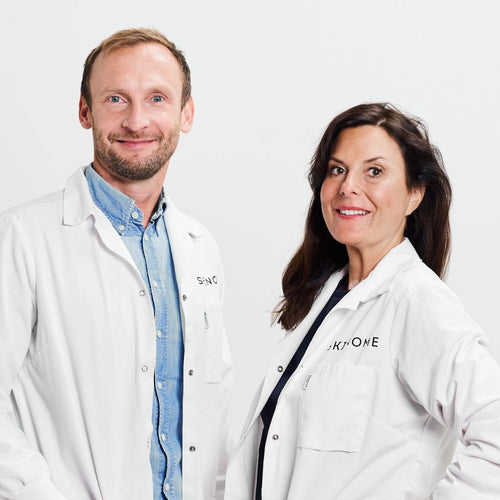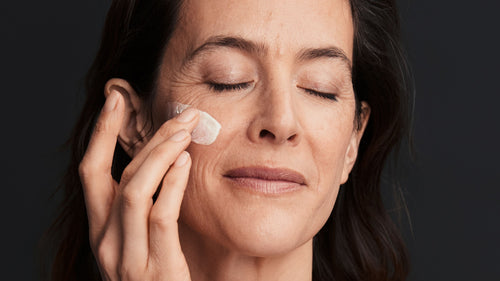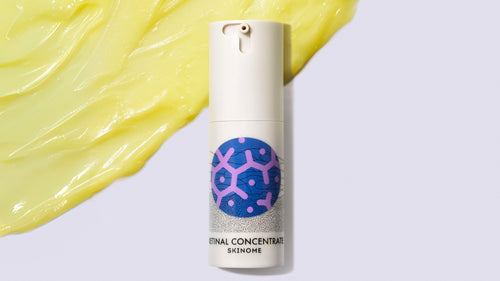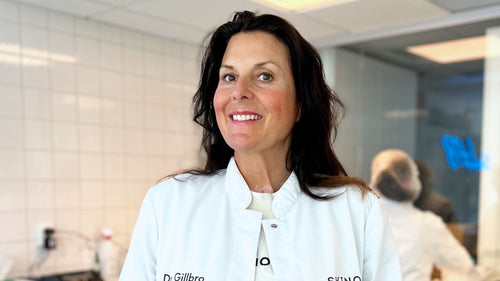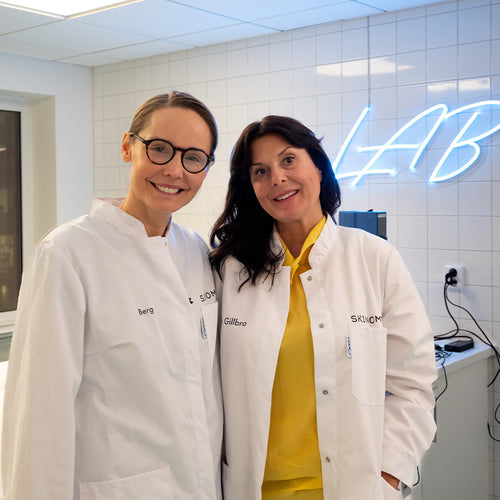Explanation: what we often associate with natural today is what is taken from nature in a finished form. It can be natural oils or butter from sunflowers or coconuts. I would say that the most natural thing is to use the fats that are already in the skin and that the skin is used to. The skin does not produce sunflower oil, olive oil or shea butter, but substances such as squalene, ceramides, cholesterol, triglycerides and many different fatty acids. Many skin care manufacturers have tried to imitate this unique composition of substances, partly by using natural oils that contain interesting compositions of lipids, partly by isolating individual substances from the oils and using them in other compositions. The skin is simply better off with substances that it is used to and that are natural to the skin.
References:
Akdeniz, M., Tomova-Simitchieva, T., Dobos, G., Blume-Peytavi, U., & Kottner, J. (2018). Does dietary fluid intake affect skin hydration in healthy humans? A systematic literature review. In Skin Research and Technology . https://doi.org/10.1111/srt.12454
Gillbro, J. (2019). The Skin Bible . Bookmark.
González-Muñoz, P., Conde-Salazar, L., & Vañó-Galván, S. (2014). Allergic contact dermatitis caused by cosmetic products. In Actas Dermo-Sifiliograficas . https://doi.org/10.1016/j.adengl.2014.09.007
Park, ME, & Zippin, JH (2014). Allergic contact dermatitis to cosmetics. In Dermatologic Clinics . https://doi.org/10.1016/j.det.2013.09.006
Zaragoza-Ninet, V., Blasco Encinas, R., Vilata-Corell, JJ, Pérez-Ferriols, A., Sierra-Talamantes, C., Esteve-Martínez, A., & de la Cuadra-Oyanguren, J. ( 2016). Allergic Contact Dermatitis Due to Cosmetics: A Clinical and Epidemiological Study in a Tertiary Hospital. Actas Dermo-Sifiliográficas (English Edition) . https://doi.org/10.1016/j.adengl.2016.02.022
